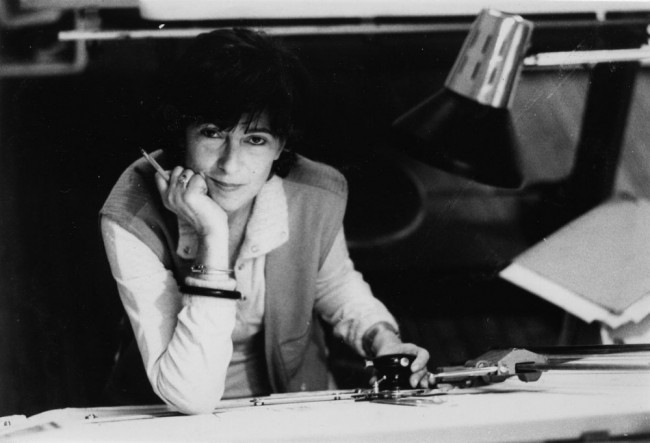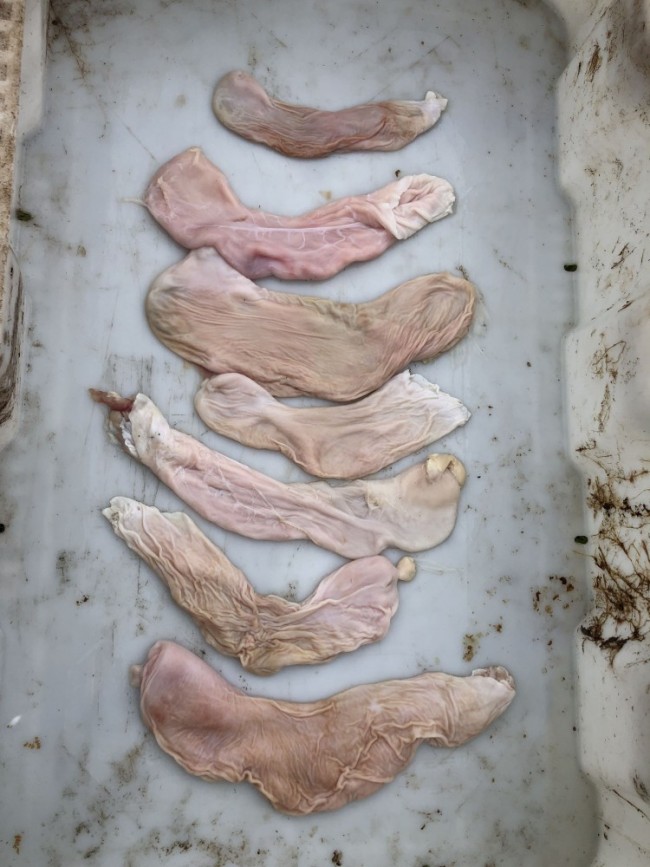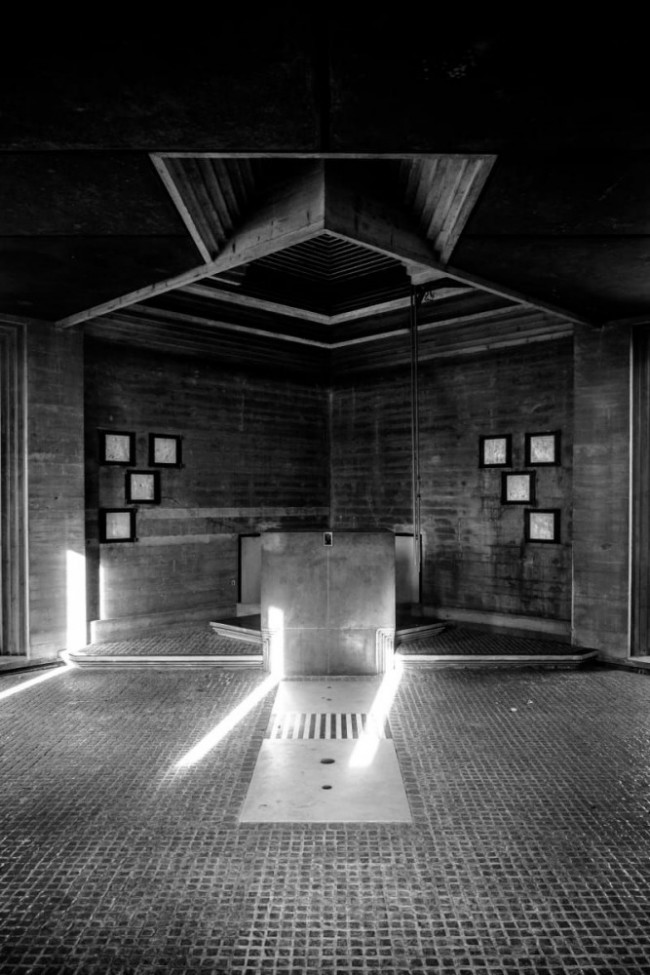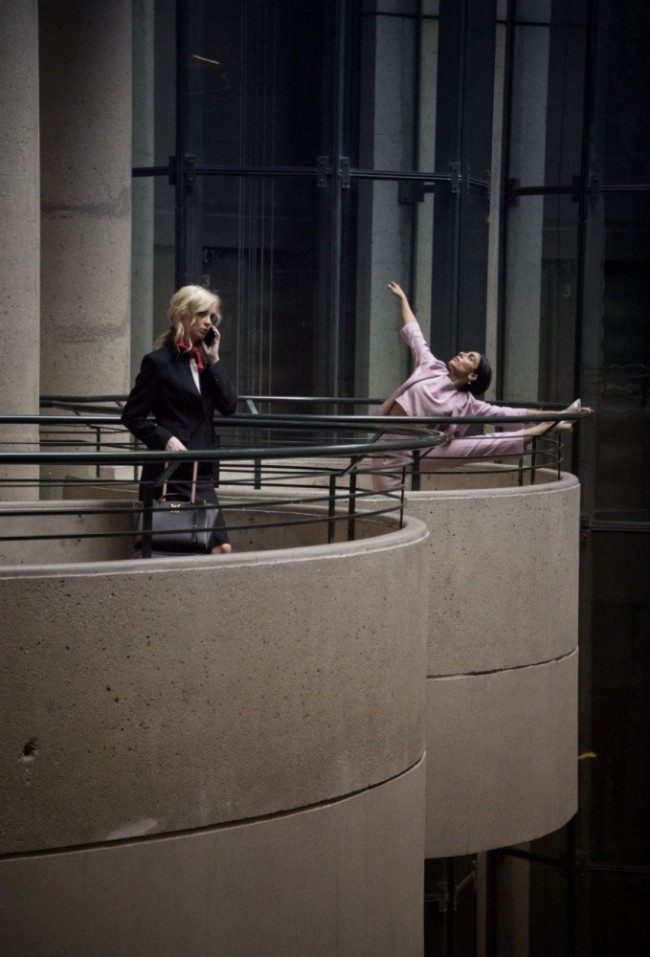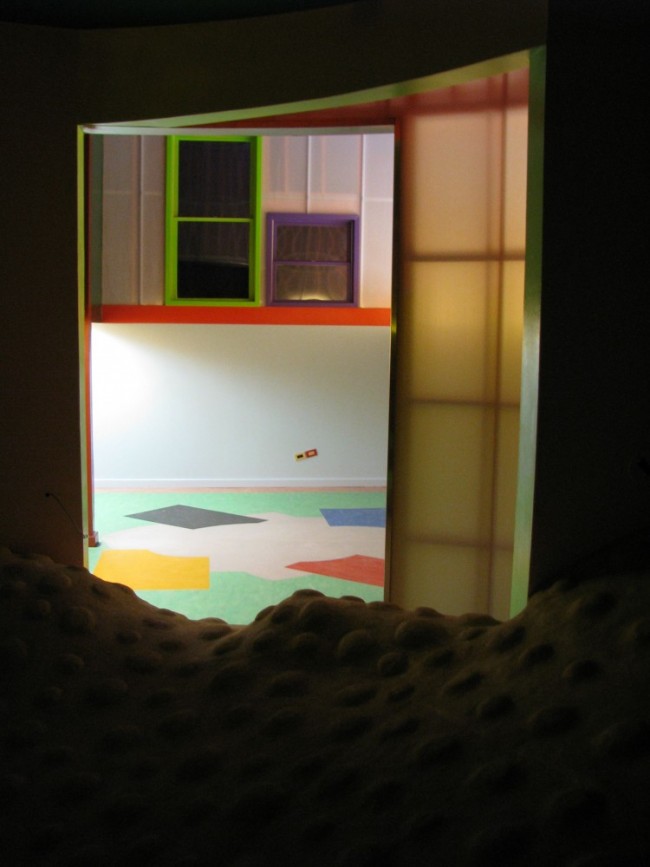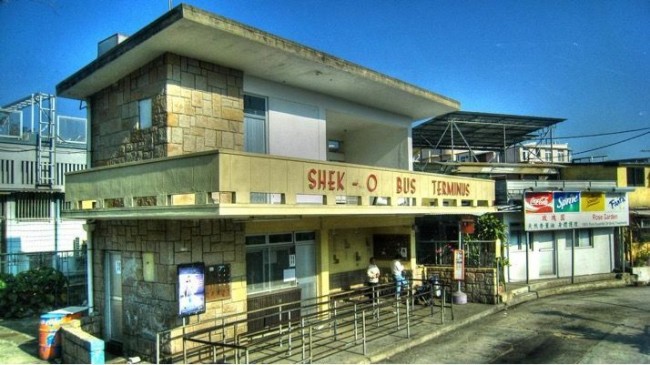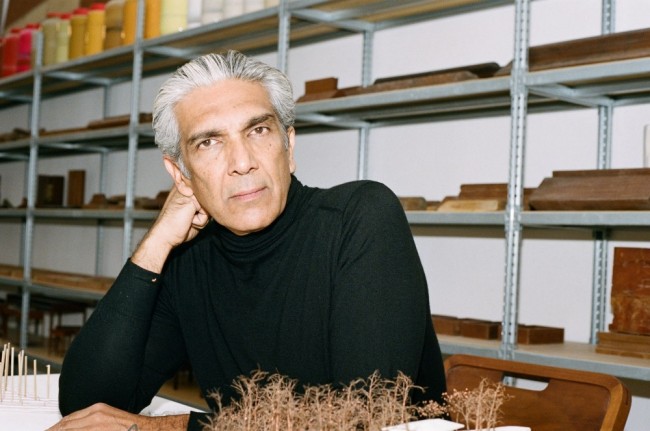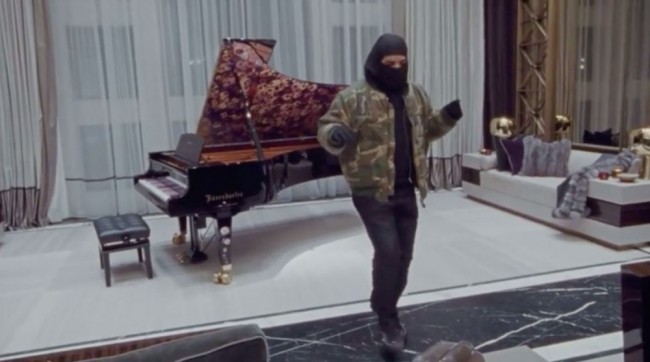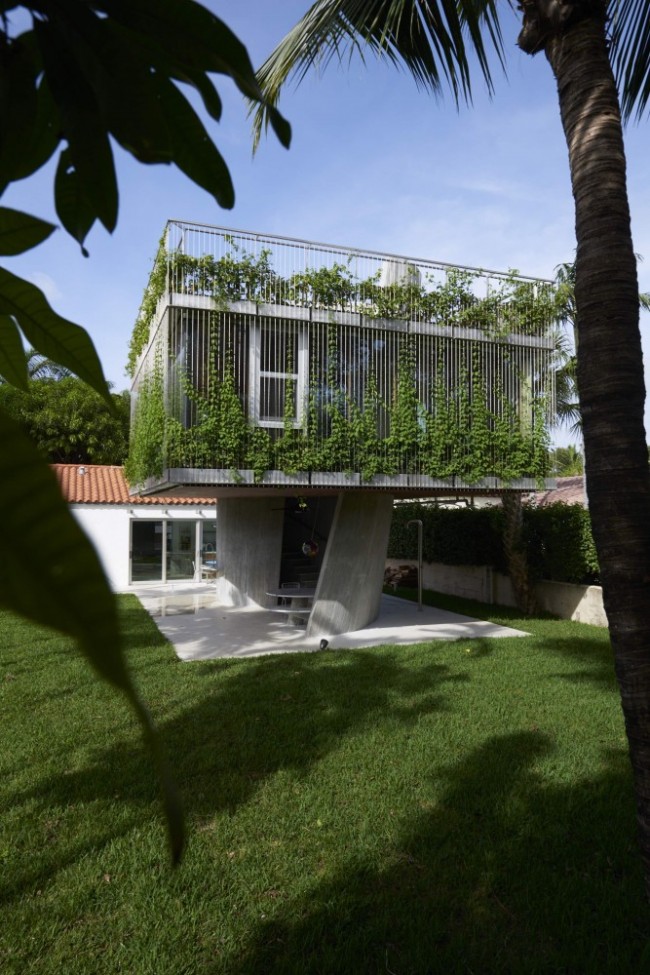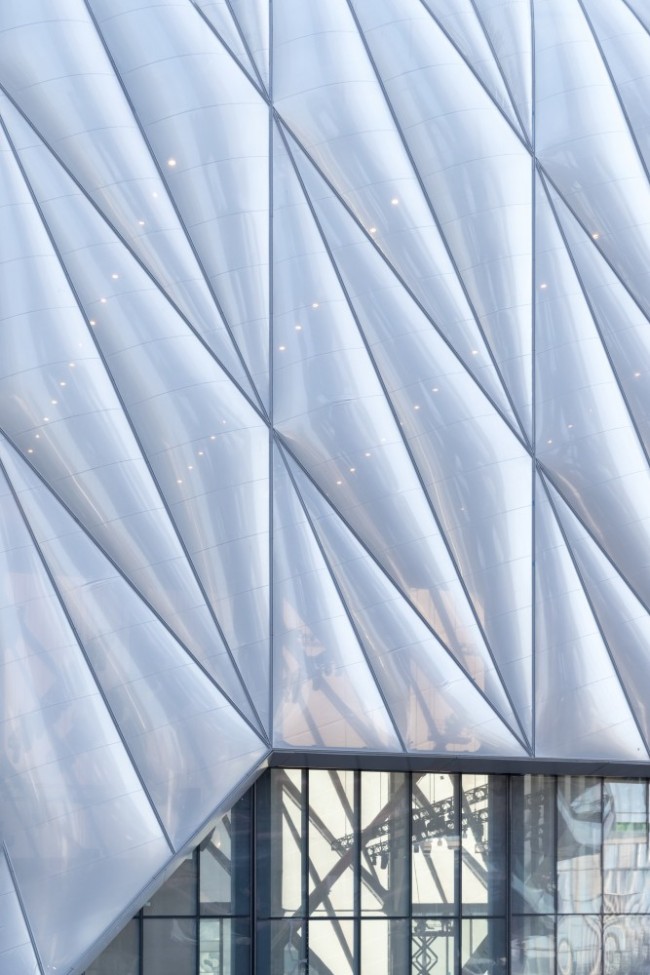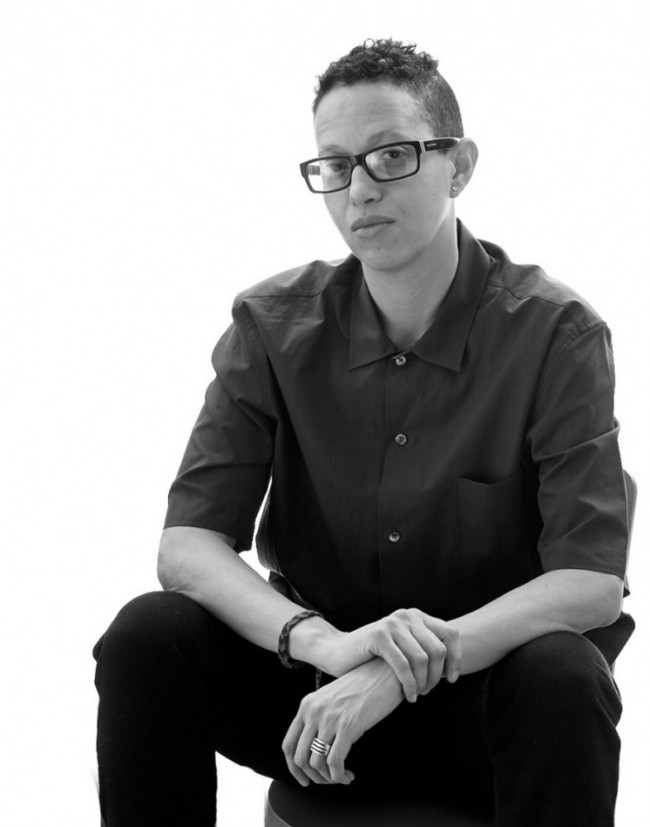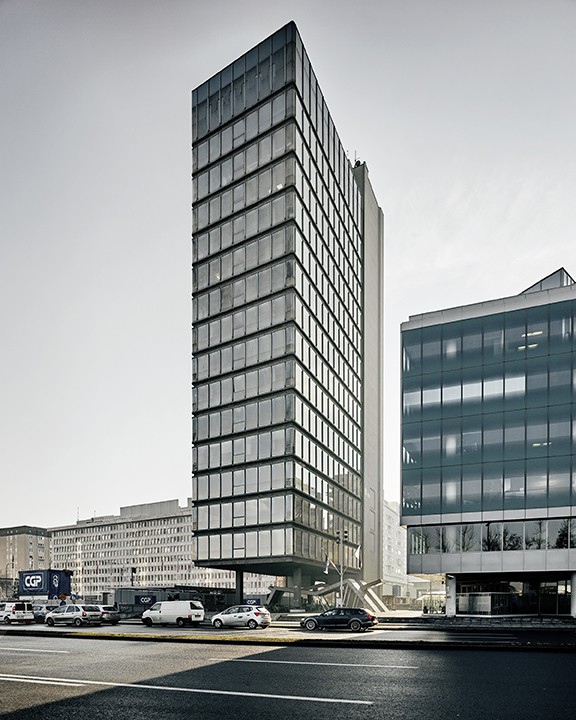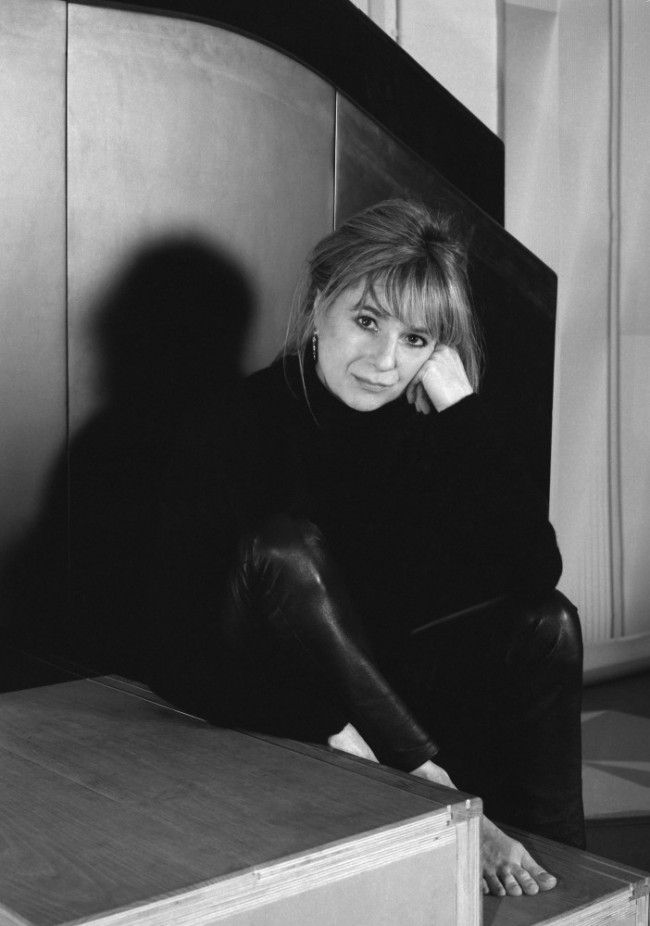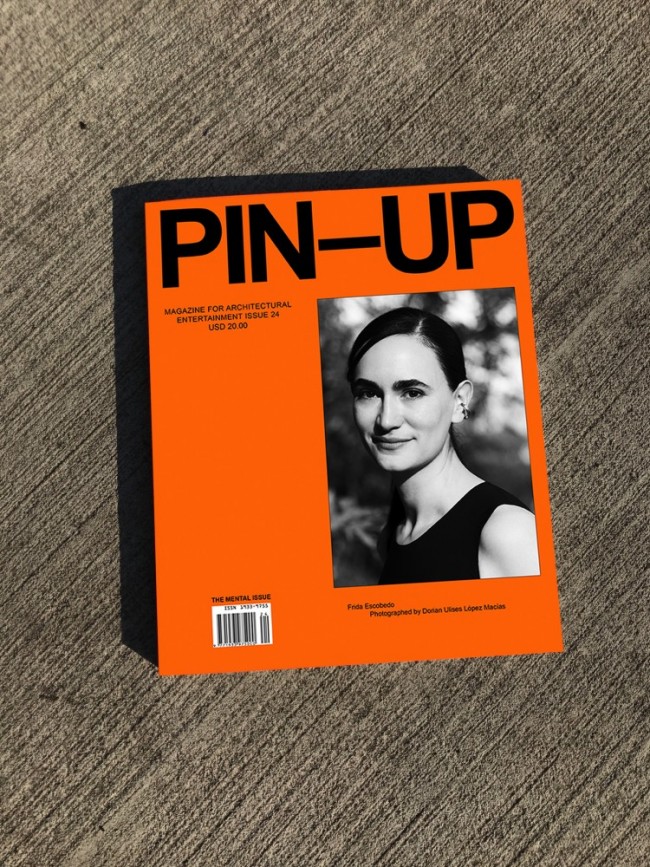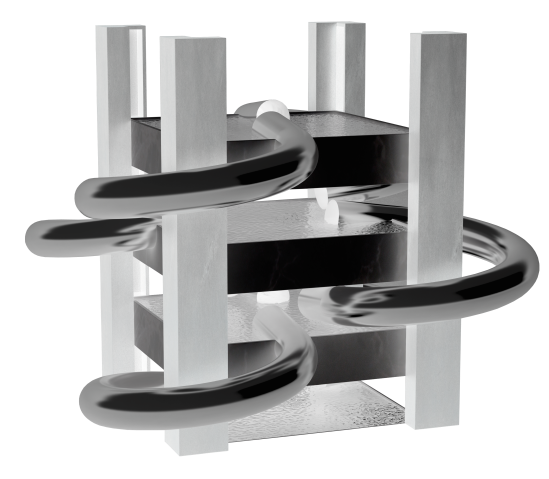Bookworm And Architect Amanda Levete’s Summer Must Reads

Architect Amanda Levete photographed in her book-filled studio in London. Portrait by Mathilde Agius for PIN–UP.
Amanda Levete is one of Britain’s most widely-known living architects. As the former director of Future Systems, and now head of her own firm, AL_A, she’s been at the forefront of the country’s architectural debate for decades. Her buildings have made their way into Britain’s popular imagination. The Selfridges department store in Birmingham propelled the city into the new millennium and her Victoria and Albert Museum extension may well be the latest in the current crop of London’s architectural icons. She’s written for both the professional press and the general public and even appeared on BBC Radio 4’s Desert Island Discs, a sure sign of belonging to the country’s cultural establishment. This makes her one of those rare architects whose writing, work, and persona are actually accessible to the masses. Given her love for media and the written word, it’s no surprise she’s ready to discuss with PIN–UP her reading habits, literary obsessions, and theoretical influences past and present.
What was your relationship to reading and writing when you were growing up? What books were you drawn to?
I was a voracious and independent reader. Books were a way of losing myself in another world in an attempt to find myself. I loved 20th-century French literature: Sartre, Camus, Simone de Beauvoir, Gide. I wanted to be French. And I would read Russian literature on my bus journey to school: Dostoyevsky, Solzhenitsyn, Nabokov — I dreamed of marrying a Russian dissident. I also read everything Tom Wolfe wrote.
The books you mentioned have a more philosophical bent.
At that point in my life I was interested in the philosophical and conceptual aspects of existence; I was a very romantic teenager. My passion for architecture came later.
Later, while studying at the Architectural Association, were there any particular books that had a great impact on you?
I started reading books by Marshall McLuhan and John Berger, so The Medium is the Message and Ways of Seeing were key texts for me. In fact John Berger was one of the reasons I went to the AA. In the prospectus he was billed as running a course and I remember buying an extremely expensive book on the subject, but he never showed up. I have always been interested in the messaging of things and these books raised questions about the hidden ideologies in visual things. Around that time my brilliant friend Judith Williamson wrote Decoding Advertisements, another seminal text on the subject. Many years later, I held onto McLuhan’s thesis when Jan Kaplický and I were working on the competition for the Media Centre at Lord’s Cricket Ground. As a building it is pure McLuhan, it’s both the medium and the message — it’s the place from which the message is broadcast and at the same time images of itself are broadcast around the world.
-

Museum Without Walls by Andre Malraux.
-

Bicycle Thieves directed by Vittorio De Sica
-

The Medium is the Message by Marshall McLuhan
-

Decoding Advertisements by Judith Williamson
-

Ways of Seeing by John Berger
-

The Story of Art by E.H. Gombrich
-

Civilisation presented by Kenneth Clark
Is there any book that has informed your way of working or thinking about architecture and architectural practice over the course of your career? What do you still take with you to this day?
Museum Without Walls by Andre Malraux has been a constant companion. It’s a book not about scholarship, but ideas, written in sublime prose. I first came across Malraux’s work as a student, drawn by its conceptually provocative title that mirrored my obsession at the time with buildingless architecture. Many years later the Museum for the Acropolis that Jan and I designed was a more literal interpretation of the title — breaking down walls to create a visual and metaphorical relationship between the pieces in the museum and the place from which they came. Today our project at the V&A also references Malraux’s ideas, which in retrospect seem incredibly prescient in imagining the digital world without walls that we inhabit today.
Do you read print or digital copies of magazines and newspapers? Which platform do you think generates a more meaningful debate?
I love the physicality of newspapers and magazines. We subscribe to an extensive list of periodicals at AL_A, and at home some of my favorite weekend moments are hearing the thud of newspapers arrive through the letter box and reading them over breakfast. I don’t enjoy reading the news online but I find myself increasingly addicted to it, although it’s a habit I have decided to kick. I enjoy debating a respected architecture critic’s column, but I don’t follow the debates on online platforms. When authorship is concealed, it’s a classic case of power without responsibility, which is never a good idea.
Do you ever read reviews of AL_A's work? And has anyone ever surprised you with their interpretation of some of your projects?
I read some but by no means all of the reviews of our work. It’s important to keep a distance and more important that you don’t get laid low by criticism or caught up in your own myth.
Amanda Levete’s recommended reading and viewing:
Museum Without Walls by Andre Malraux
Bicycle Thieves directed by Vittorio De Sica
The Medium is the Message by Marshall McLuhan
Decoding Advertisements by Judith Williamson
Ways of Seeing by John Berger
The Story of Art by E.H. Gombrich
Civilisation presented by Kenneth Clark
PLUS: The New Yorker (“I like to store up copies to take on trips abroad because they are physically light in weight but deep in content, and always seem current and relevant”)
Text by Peter Smisek.
Photography by Mathilde Agius.

